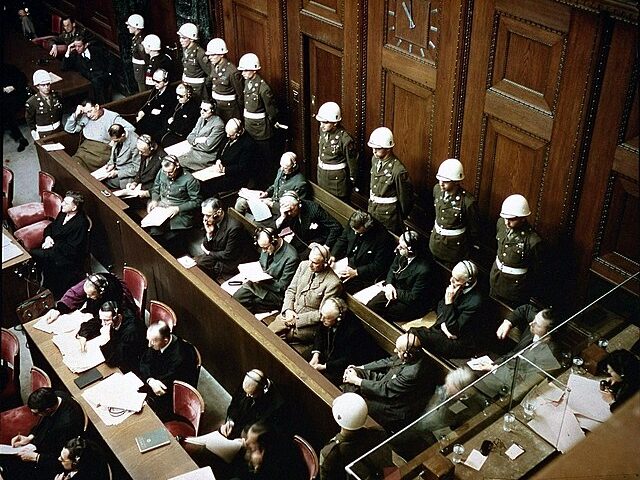On August 23, 1991, the world changed in ways that few could have predicted when the World Wide Web became publicly accessible, ushering in a new era of global communication, information sharing, and connectivity. Though the internet itself had existed for decades, it was the World Wide Web, developed by British computer scientist Tim Berners-Lee, that transformed it into a platform that could be used by anyone, anywhere.
The story of the World Wide Web began in 1989, when Berners-Lee, who was working at CERN, the European Organization for Nuclear Research, proposed a system that would allow researchers to share information across different computer systems. His vision was to create a “web” of interconnected documents that could be accessed via the internet. To realize this vision, Berners-Lee developed three key technologies: HTML (HyperText Markup Language), which enabled the creation of web pages; HTTP (HyperText Transfer Protocol), which allowed for the retrieval of linked resources across the web; and the URL (Uniform Resource Locator), which provided a unique address for each web page.
By late 1990, Berners-Lee had created the first web server and the first web browser, initially called “WorldWideWeb.” This browser was limited to the NeXT computer platform, but it laid the groundwork for what was to come. The first website, hosted on Berners-Lee’s computer at CERN, went live on December 20, 1990, but it was only accessible to a small group of researchers.
The potential of the World Wide Web, however, was too great to be confined to a select few. On August 6, 1991, Berners-Lee made a public announcement about the project on the alt.hypertext newsgroup, inviting others to contribute and explore this new technology. But it was on August 23, 1991, that the World Wide Web was officially opened to the public, allowing anyone with internet access to browse the web, create websites, and connect with others globally.
The impact of the World Wide Web on society has been profound. Initially, its use was limited to academics and researchers who saw it as a tool for collaboration and information sharing. However, as web browsers became more user-friendly and more people gained access to the internet, the World Wide Web rapidly expanded beyond academia. By the mid-1990s, the web had become a popular medium for communication, business, education, and entertainment.
The opening of the World Wide Web to the public democratized information in a way that had never been possible before. It allowed individuals and organizations to publish content and reach global audiences without the need for traditional publishing platforms. This led to the rise of new forms of media, including blogs, social networks, and online video platforms, which have fundamentally altered how people consume and interact with content.
The World Wide Web also revolutionized commerce. The ability to create websites and reach a global customer base paved the way for the development of e-commerce. Companies like Amazon, eBay, and later, Google and Facebook, emerged as major players in the digital economy, changing the way goods and services are bought and sold. This shift has had far-reaching implications for businesses of all sizes, as well as for the global economy.
As we look back on the opening of the World Wide Web to the public, it is clear that this event marked the beginning of a new chapter in human history. The web has connected people in ways that were once unimaginable, breaking down barriers of distance, language, and culture. It has become an indispensable tool for communication, education, commerce, and social interaction, shaping the world in ways that continue to evolve and expand.






